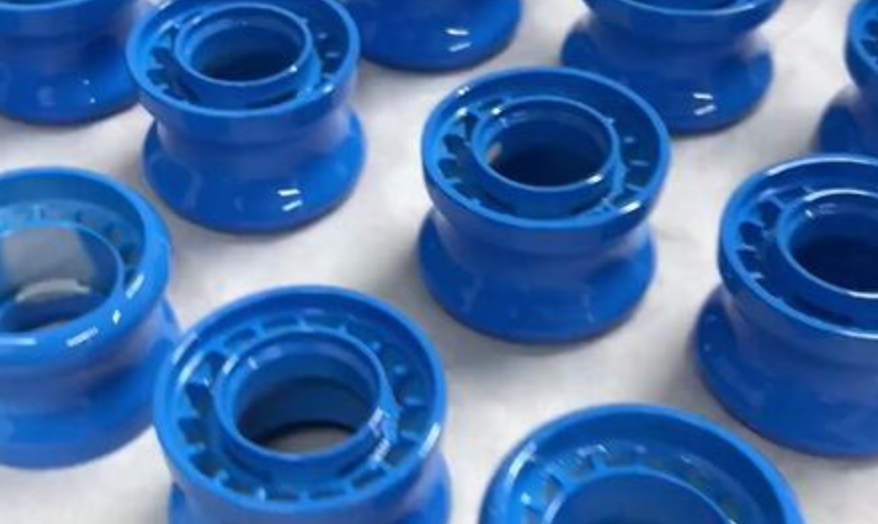Key Differences Between Oxidation and Painting
Oxidation and painting are common surface treatment processes when making prototypes. Painting is to spray a layer of paint on the surface of the prototype. As long as the customer provides the corresponding Pantone color number, the prototype manufacturer can spray the corresponding color on the surface of the prototype. Oxidation is to immerse the aluminum alloy prototype in the potion, so that the potion corrodes the aluminum alloy prototype, causing it to undergo an oxidation reaction, thereby changing the color of the aluminum alloy prototype. Although both oxidation and oiling lighten the surface color of the prototype, there are differences between them, mainly in the following two aspects:
1. For different materials, fuel injection can be applied to many prototype materials - metal, plastic and resin. Oxidation is a process only applicable to aluminum alloy prototypes.
2. Color persistence is different. Because the painting is only to spray a layer of paint on the surface of the prototype, it will fall off after a long time, and the oxidation is to soak the aluminum alloy prototype in the liquid medicine to form an oxide film on the surface. The aluminum oxide produced by oxidation is a stable Substances are difficult to react with oxidation in the air, so the color of the surface is relatively stable and not easy to fall off.
3. The effect is different. The oxidized color has a metallic texture, which looks high-end and atmospheric. If you use painting, you can't adjust the effect anyway, and the color of the oil painting is 80% similar to the color that will be oxidized, which is very good.

Welcome to contact us via enquiry@abcrapid.com to get more information !
Search
Recent Post













